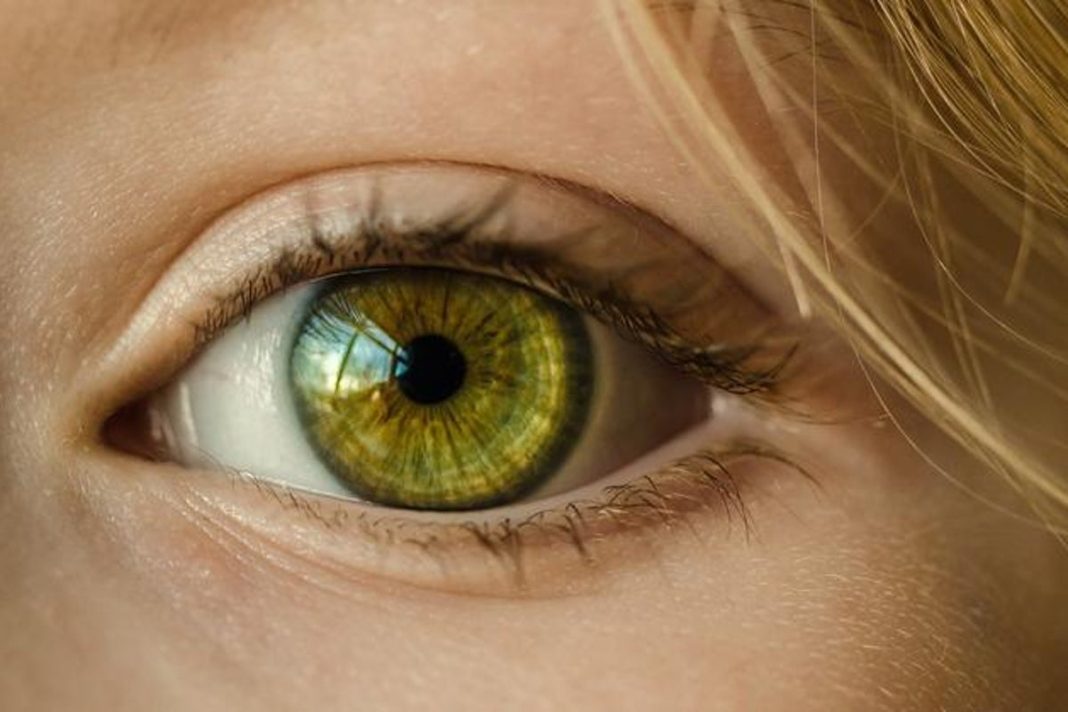Key Takeaways
- MIT scientists discovered a way to restore vision in amblyopia by temporarily anesthetising the retina
- The treatment effectively “reboots” the eye to its early developmental state
- Successful in adult mice, offering hope for human treatments beyond childhood
Scientists have made a breakthrough discovery that could restore vision in people with amblyopia, commonly known as lazy eye. By temporarily anesthetising the retina, researchers found they can “reboot” the eye to its early developmental state, enabling it to grow and cure itself.
What is Amblyopia?
Amblyopia is a common developmental eye disorder where vision in one or both eyes doesn’t develop properly during childhood. The brain learns to ignore input from the affected eye, leading to permanent vision impairment. Current treatments are only effective during infancy when nerve connections are still forming.
The MIT Breakthrough
Researchers at Massachusetts Institute of Technology discovered that temporarily anesthetising the retina of the amblyopic eye in mice for just two days restored the brain’s visual response to that eye – even in adulthood. The study, published in Cell Reports, shows this approach could work when traditional treatments fail.
“If it does, it is a pretty substantial step forward because it would be reassuring to know vision in the good eye would not have to be interrupted by treatment,” study author Mark Bears argued. “The amblyopic eye, which is not doing much, could be inactivated and ‘brought back to life’ instead.”
How the Treatment Works
The research focused on the lateral geniculate nucleus, a brain network that relays visual information from the eyes to the visual cortex. Building on 2008 findings that blocking retinal signals causes neurons to fire synchronous bursts, the team tested whether these bursts could treat amblyopia.
When researchers injected anesthesia into amblyopic mice’s eyes, the retina went offline for two days. Afterwards, measurements showed the signal ratio from the treated eye increased significantly compared to untreated mice, indicating the eye had been effectively “rebooted.”
Future Applications
The researchers plan to test the treatment in other animal species and ultimately humans. They noted that after anesthesia, the amblyopic eye’s input to the brain rose to match the normal eye’s input.
“We are cautiously optimistic that these findings may lead to a new treatment approach for human amblyopia, particularly given the discovery that silencing the amblyopic eye is effective,” the researchers concluded.




